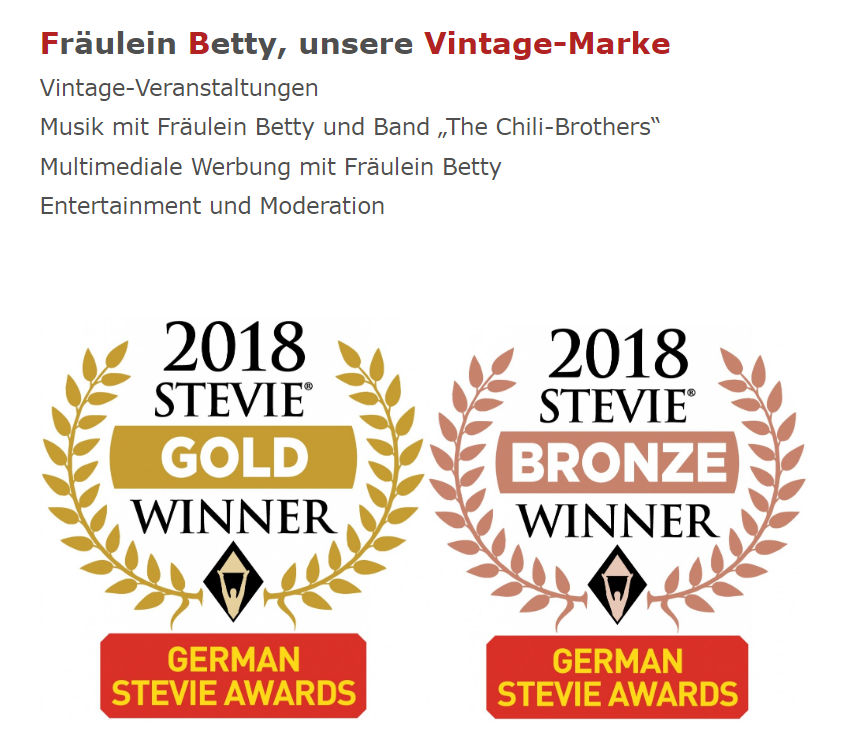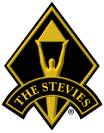The last few years have seen a spread of digitalization and a subsequent disruption of nearly every corner of the economy. However, vintage clothes and consumer products have been on the rise. As Western economies and professional mind-sets became increasingly future oriented, popular culture and trends simultaneously became more concerned with the styles of bygone eras. Furthermore, some consumer products that embodied this age of rapidly accelerating digitalization—arguably, Apple devices—were seemingly inspired by the simple elegance of consumer products from past eras.
In a time of rapid progress, simplicity is at the heart of this attraction to all things vintage. Professional lives are growing ever more demanding; industries are becoming more complex and are changing at an increasing pace; and the same is true of the skill sets required of workers, as well as the tools available to them. Even as the tech-driven post-crisis recovery saw unemployment eventually decline dramatically across the West, fears about job security were exacerbated, not alleviated.

While politicians grabbed the headlines, this nostalgia for simpler days was expressed in a primarily aesthetic manner. Individual items of retro clothing, including fedoras, were imbued in their day with controversial political meaning. Today, however, most consumers simply associate those bygone eras with personal style and culture, and they prefer to think of items from the past as culturally (rather than politically or socioeconomically) historical. Widespread interest in the social upheavals of the 1960s, for example, continues, but that interest is still mainly manifested through a fascination with the era’s music and fashion.
Adapting to this trend was easy even for the makers of high-tech consumer products, who simply had to cover their innovative technologies in vintage-looking cases. For service providers, such as marketing specialists, marrying a tech-based, innovative approach to vintage style proved more difficult. After all, advertising and marketing characters are more difficult to dissociate from their broader historical contexts than consumer products.
For these service providers, they soon found choosing an era to focus on was a delicate balancing act. A vintage approach to marketing events and campaigns required careful, detailed deliberation. As with consumer products, the idea is to use an appealing vintage look and feel that harks back to an earlier age but conceals the decades of development and insights gained under that veneer.
Such a concept has to be created from the ground up, as exemplified by the vintage “Lady Betty” brand from Chili Concept. Chili Concept is a blue-chip marketing company with an eye on digitalization and innovation, which was demonstrated by their 2018 Gold Stevie® Award for Best Product Launch Event and 2018 Bronze Stevie Award and Best Brand Experience Event in the German Stevie Awards. The company won for its work with celebrity chef Heston Blumenthal and the launch of his Shriro Everdure barbecue grill in Australia.

The company is future-oriented, and founder Christine Clemenz is aware of the significance of digitalization. Chili Concept is also evidently capable of contemporary direction and program management at the highest level. This makes their unique Lady Betty brand all the more noteworthy.
The brand places a heavy emphasis on sound, using primarily German swing and German-language pop music to evoke that country’s economic miracle era from the late 1940s and 1950s. The era is expertly chosen.
While the 1950s are remembered in the Anglosphere as the pre-60s era of social repression, those years are mostly remembered in Germany for a rapid ascendance from the country’s bleakest political and socioeconomic phase. Lady Betty encapsulates both the era’s style and entertainment while it conducts complex, tailored events, such as “Lady Betty’s Evening of Dance.” This included casino-like events and tastings of different foods considered treats during that time, including the obvious candidates, cheese and wine, as well as beer and lemonade.
All these items were recently marketed by their industries as fresh and interesting rather than staid and boring. With small-batch craft beers becoming increasingly popular in recent years, this approach exemplifies how marketing events can be both vintage in outlook and perfectly attuned to contemporary trends, as well as high-level corporate expectations and standards.












